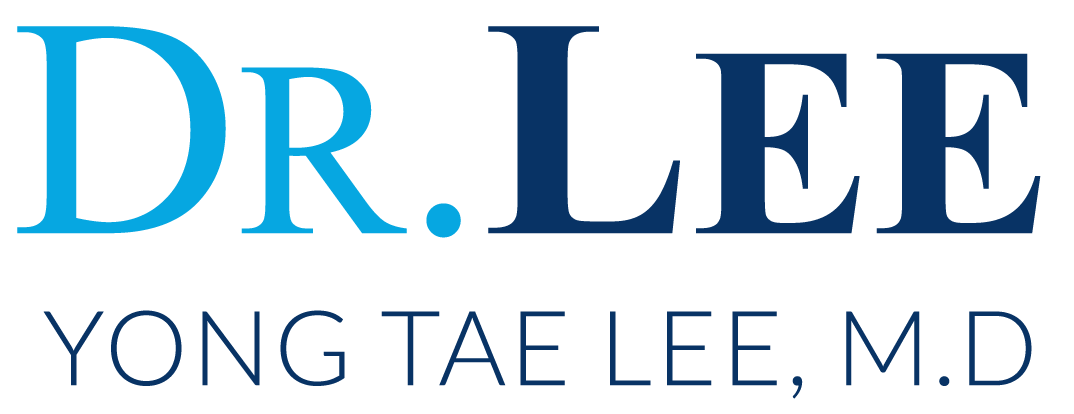– Experience the ClosureFast™ Procedure –
[ ClosureFast™ Procedure ]
About the ClosureFast™ Procedure
The ClosureFast™ procedure uses radiofrequency energy to precisely and effectively treat patients suffering from Chronic Venous Insufficiency (CVI).
The ClosureFast™ catheter precisely heats a 7 cm vein segment (or 3 cm for shorter, refluxing vein lengths) in one 20-second interval.
The system’s controlled feedback mechanism monitors intravascular heat parameters in real time to automatically regulate therapeutic power.
The heat provided by the catheter shrinks and collapses the target vein, creating a fibrotic seal and occluding the vessel.
Minimally Invasive
The ClosureFast™ procedure eliminates the need for groin surgery and general anesthesia, and is generally performed using local anesthesia in a vein specialist’s office or an outpatient surgical facility. The procedure takes approximately 45-60 minutes and most patients typically spend two to three hours at the medical facility due to normal pre- and post-treatment procedures.
Less Pain, Less Bruising, Faster Recovery
Studies show that the ClosureFast™ procedure is associated with lower rates of pain, bruising and complications and a faster improvement in patients’ quality of life when compared to 980 nm laser ablation.1 The average patient typically resumes normal activities within a few days following treatment, and most patients report a noticeable improvement in their symptoms within 1-2 weeks after the ClosureFast™ procedure.2*
Clinical Outcomes
A prospective, international, multi-center study showed that 91.9% of treated veins were closed 5 years following treatment with the ClosureFast™ procedure.3,4 The study used the Kaplan Meier analysis, a common statistic used for a variety of endpoints, including effectiveness of a treatment over defined period of time.
References:
Almeida JI, Kaufman J, Goekeritz O, et al. Radiofrequency Endovenous ClosureFAST versus Laser Ablation for the Treatment of Great Saphenous Reflux: A Multicenter, Single-Blinded, Randomized Study (Recovery Study). JVIR June 2009.
L.H. Rasmussen, M. Lawaetz, L. et al, Randomized Clinical Trial Comparing Endovenous Laser Ablation, Radiofrequency Ablation, Foam Sclerotherapy and Surgical Stripping for Great Saphenous Varicose Veins. British Journal of Surgery Society Ltd., Wiley Online Library, www.bjs.co.uk, March 15, 2011.
Proebstle TM, Alm BJ, Gockeritz O et al. Five-year results from the prospective European multicentre cohort study on radiofrequency segmental thermal ablation forincompetent great saphenous veins. British Journal of Surgery. 2015;102:212-8.
Proebstle T, Alm J, Gockeritz O, et al. Three year European follow-up endovenous radiofrequency thermal ablation of the great saphenous vein with or without treatment of calf varicosities. J Vasc Surg. 2011;54(1)146-52.
*For 7cm RF catheter.

